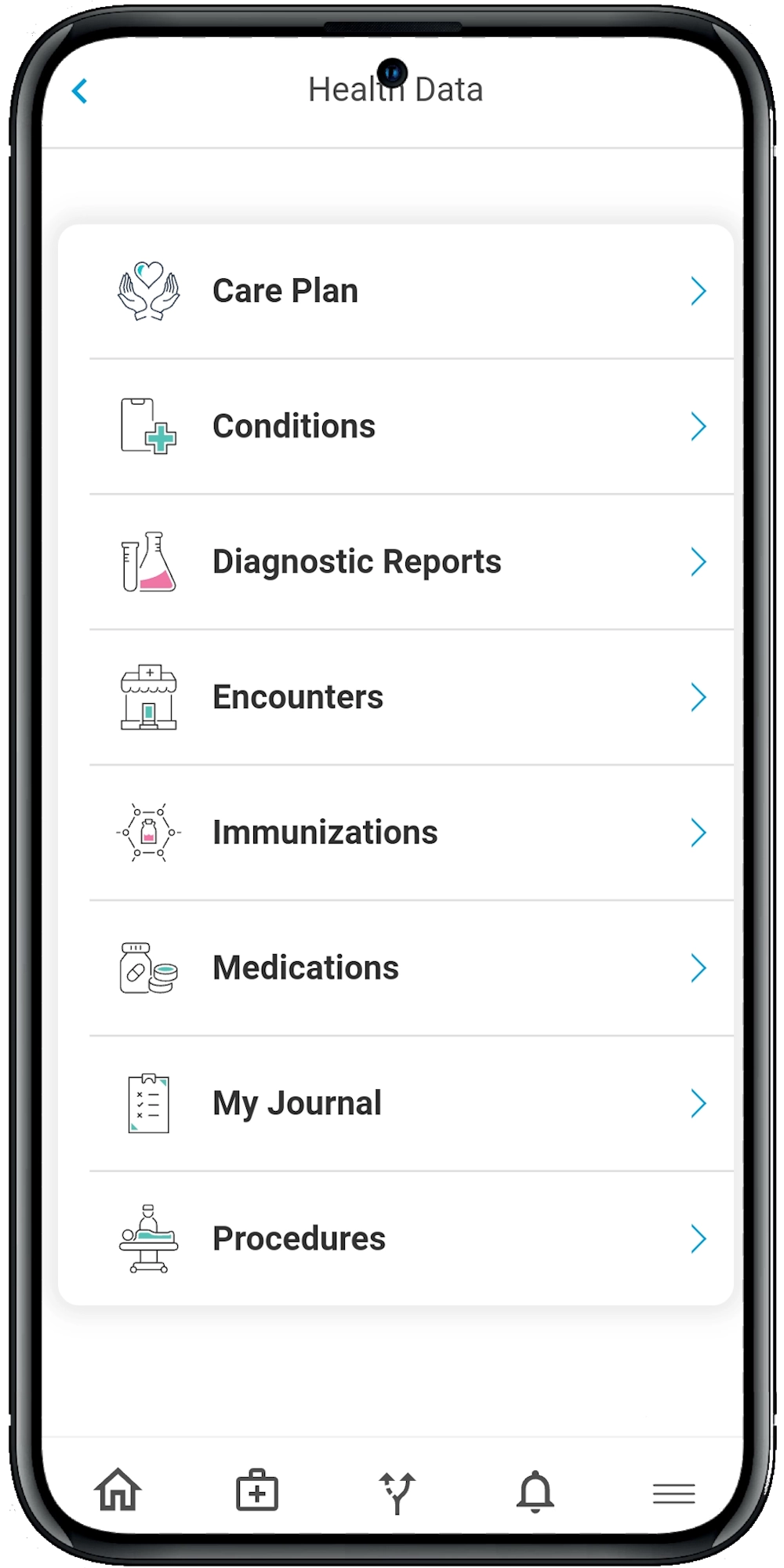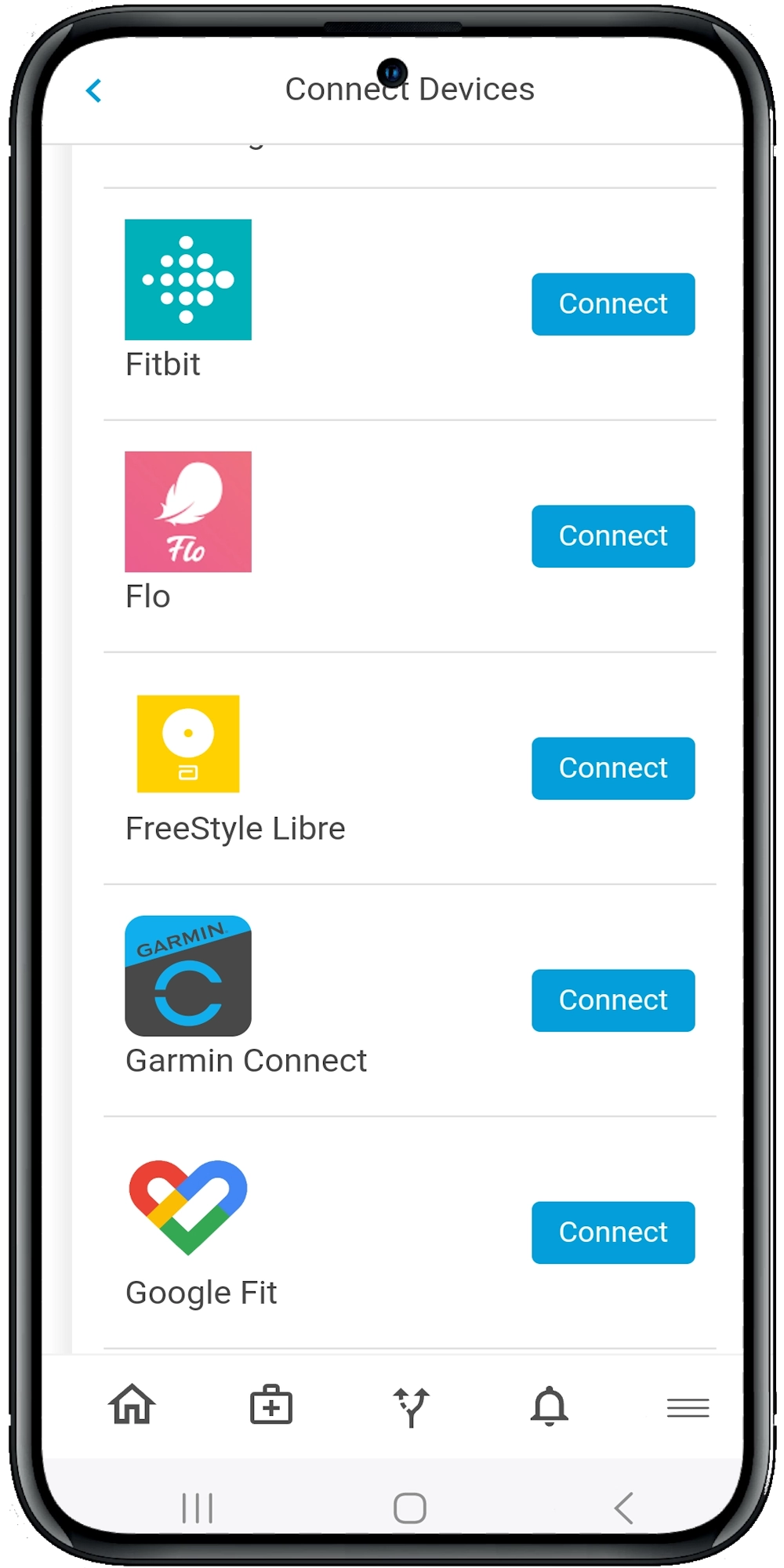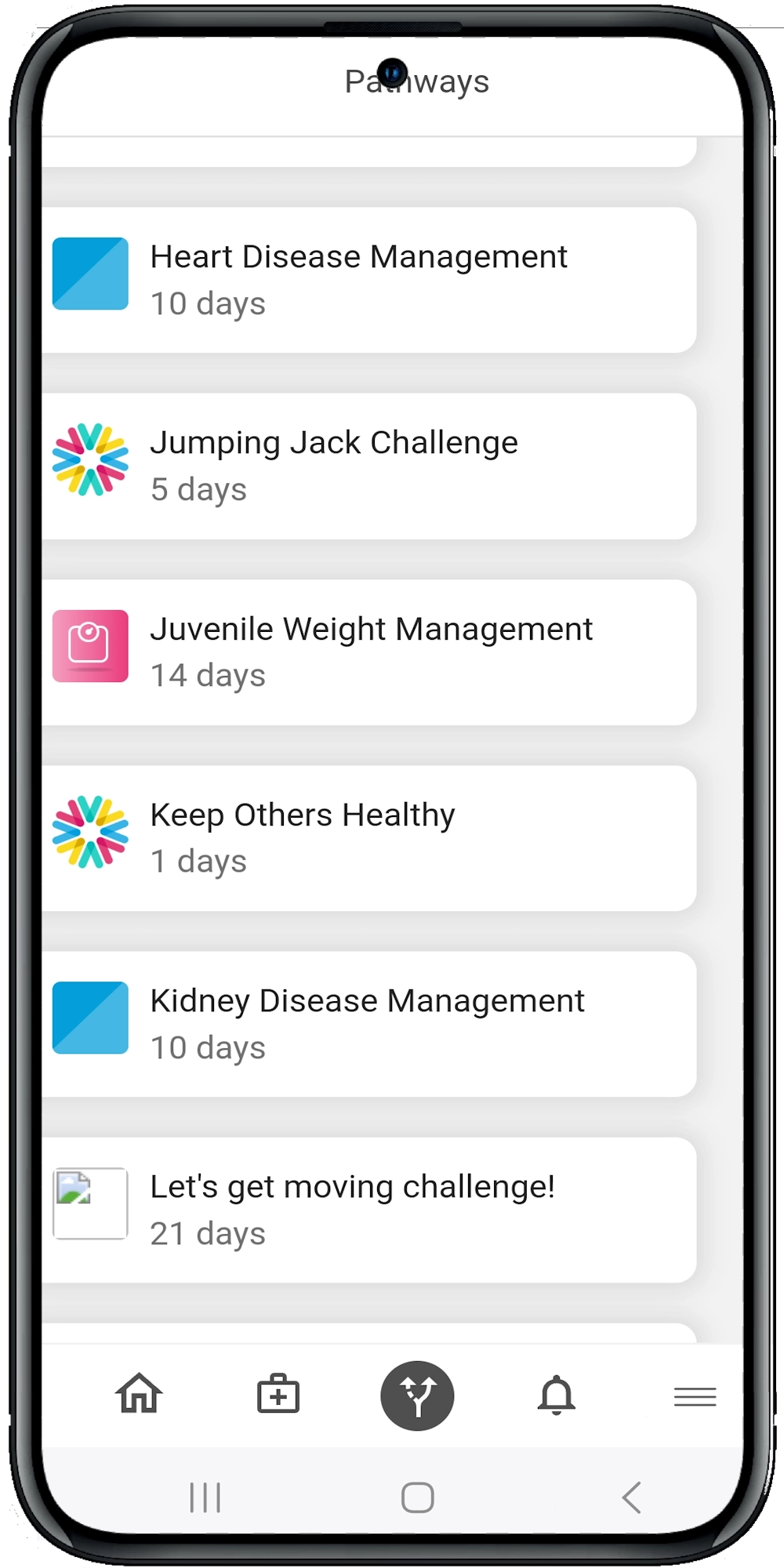The Role of Digital Health in Asthma Rehabilitation Programs
Understanding Digital Health in Asthma Care
Digital health encompasses a broad range of technologies designed to monitor, manage, and improve health outcomes. These tools include mobile health apps, telemedicine platforms, wearable devices, and electronic health records (EHRs). For asthma patients, digital health can offer personalized care plans, real-time monitoring, and seamless communication between patients and healthcare providers.
Benefits of Digital Health in Asthma Rehabilitation
1. Real-Time Monitoring and Data Collection
Wearable Devices: Smart inhalers and wearable sensors can track medication usage and detect early signs of an asthma attack. These devices provide real-time data, enabling timely interventions.
Mobile Apps: Apps can record symptoms, triggers, and peak flow readings, offering a comprehensive view of a patient’s asthma management.
2. Enhanced Patient Engagement
Educational Resources: Digital platforms often include educational materials that empower patients to understand their condition better. Knowledge is power, and informed patients are more likely to adhere to their treatment plans.
Gamification: Some apps use gamification to make asthma management more engaging. Patients can earn rewards for logging their symptoms or taking their medication on time.
3. Improved Communication
Telemedicine: Virtual consultations allow patients to connect with their healthcare providers without the need for in-person visits. This is particularly beneficial for those with mobility issues or those living in remote areas.
Messaging Platforms: Secure messaging systems enable patients to ask questions and receive guidance quickly, fostering a continuous care model.
4. Personalized Care Plans
Data Analysis: Digital health tools can analyze patient data to identify patterns and triggers. This information can help clinicians tailor treatment plans to each individual’s needs.
Remote Monitoring: Continuous monitoring allows for adjustments to be made in real-time, ensuring that patients receive the most effective care.
Implementing Digital Health in Asthma Rehabilitation Programs
Integrating digital health tools into your asthma rehabilitation program can be a game-changer. Here’s how you can get started:
1. Assess Your Patients’ Needs
Identify Tech-Savvy Patients: Not all patients may be comfortable with digital tools. Start with those who are open to using technology.
Evaluate Health Literacy: Ensure that the digital tools you choose are user-friendly and accessible to patients with varying levels of health literacy.
2. Choose the Right Tools
Mobile Apps: Select apps that are evidence-based and have positive user reviews. Look for features like symptom tracking, medication reminders, and educational content.
Wearable Devices: Invest in reliable and accurate devices. Smart inhalers, for instance, can be a valuable addition to your toolkit.
3. Train Your Staff
Educate Healthcare Providers: Ensure that your team is well-versed in using digital health tools. Provide training sessions and resources to help them integrate these tools into their practice.
Patient Education: Offer workshops or one-on-one sessions to teach patients how to use the digital tools effectively.
4. Monitor and Evaluate
Track Progress: Use the data collected from digital tools to monitor patient progress. Identify areas where patients may need additional support.
Adjust as Needed: Be prepared to make changes to your approach based on the data. Flexibility is key to successful asthma management.
Overcoming Challenges
While the benefits of digital health in asthma rehabilitation are clear, there are challenges to consider:
1. Privacy and Security
Data Protection: Ensure that all digital tools comply with HIPAA regulations. Patient data must be secure to maintain trust.
Informed Consent: Educate patients about how their data will be used and obtain their consent.
2. Technology Barriers
Access to Devices: Not all patients may have access to smartphones or wearable devices. Consider providing devices to those in need.
Technical Support: Offer technical support to help patients troubleshoot any issues they may encounter.
3. Integration with Existing Systems
EHR Compatibility: Ensure that the digital tools you choose can integrate seamlessly with your existing EHR system. This will streamline data collection and analysis.
Workflow Adjustments: Be prepared to adjust your workflow to incorporate digital health tools. This may require additional training and resources.
The Future of Asthma Rehabilitation
The integration of digital health into asthma rehabilitation programs is not just a trend; it’s the future of patient care. As technology continues to evolve, we can expect even more innovative solutions to emerge. Imagine a world where asthma attacks are predicted before they happen, allowing for preemptive action. Or a scenario where patients receive real-time feedback on their breathing patterns, enabling them to make immediate adjustments.
By embracing digital health, we can provide our asthma patients with the tools they need to manage their condition effectively. This not only improves their quality of life but also reduces the burden on healthcare systems.
Ready to revolutionize your asthma rehabilitation program? Explore our other resources on digital health or schedule a demo to learn more about our cutting-edge solutions. Together, we can take asthma care to the next level.




